In July 2021, at the peak of the second COVID-19 wave and its subsequent total lockdown, president Museveni in one of his addresses promised that the government would provide relief to some selected groups of people who would be screened and then deemed fit to receive the help, to have the most vulnerable poor assisted, most especially those that had lost their livelihoods to the COVID19 lockdown. Chaos and confusion marred the first COVID lockdown relief, largely in the form of food items. There was a chain of mismanagement allegations, claims of poor quality food distributed to the recipients. Relief was also going to the homes of those not needy, and many other complaints continued rising from here and there. President Museveni’s announcement of the new COVID-19 relief in the form of cash and not food this time was thus largely welcome across the political divide, save for the debate that followed concerning the amount and eligibility criteria!
Interesting to note are two things: First, the saga that unfolded after the issuing of the 560 billion shilling COVID relief fund, and secondly, is the fund’s implication on the social protection policy and practices in Uganda. We should look at the outbreak of COVID as a check into the gaps within the country's social protection structures. It is generally agreed amongst the social protection scholars and experts that the decline of the Informal Social Protection (ISP) systems is not only in Uganda but in sub-Saharan Africa at large. This decline of Informal Social Protection is associated with many contributing factors, including urbanization, which comes with different cultures and lifestyles that escalate vulnerability and the number of those at the risk of being vulnerable. This best explains why urban dwellers, especially those in the informal sector like Bodaboda riders, were prioritized over many others as the most vulnerable, and thus the most in need of the COVID-19 relief.
However much this could be perceived as good criteria based on the fact that they were the people whose livelihoods had been curtailed by the lockdown, policymakers should use lockdown measures to make plans for the welfare provisions of vulnerable people, not only for the urban dwellers in the informal sector but also for those in the rural areas. We should pause and think about this; people who had their source of income stopped for just a couple of weeks were already sentenced to the trench of vulnerability to the point of starvation for them and their families, just because their daily survival depends on their daily earnings. This implies that failing to work for a day means that that person won’t have a meal.
Because old age is an inevitable ‘lockdown’, 30 years from today, when the hand-to-mouth person has aged and lost his vitality to work, he would have no Social Protection because of the inability to save for it in the first place. Because of such scenarios, Partnership for African Social and Governance Research (PASGR) advocates for the need for public and private interventions to address vulnerabilities associated with being or becoming poor.
The 100,000Shs each ‘Robinah Nabbanja Money’ was meant to help the selected vulnerable not to starve. That relief was meant for food, leaving many other basic needs unmet! Ofcourse, the COVID outbreak stretched societies to their limits, but having a significant portion of the population struggle to afford food, the most basic human need, shows the colossal struggle to meet their other basic needs even under normal circumstances. When the lockdown was declared, the schools were first affected. Parents were thus relieved of the school fees burden during the lockdown. I bring this out because it shows how financially vulnerable these people were; imagine they had to pay school fees in that same period! Such poverty and its indicators should guide policymakers on social protection. They should recognize and make known the dire need to provide the vulnerable with the necessary safety nets.
"There was a chain of mismanagement allegations, claims of poor quality food distributed to the recipients."
Among the questionable things done in the remitting of the `Nabbanja Money’ was the selection criteria used to identify the legitimate recipients, the vulnerable. To date, there has never been a clear explanation of how the recipients of the 100,000Shs were identified. There was no pre-existing database with records of the vulnerable. It is no surprise that the first recipient, a bodaboda man claiming to be from Gulu that had confirmed to the Prime Minister to have received the relief fund on a dramatic televised phone call, was later found to have been a wrong recipient. Social Protection includes an element of the prone and exposed citizens being aware and having a certain degree of assurance that their situation is known and recognized by the society, either formally or informally. It is then that they can receive help when they need it, assured that they are not on their own. Therefore, the Nabbanja COVID relief revealed that the government does not have the details of the vulnerable in its database, which speaks a lot about Uganda’s social protection gaps.
ganda has one of the youngest populations globally. Additionally, the biggest percentage (85% according to socialprotection.org) of the labour force is employed in the informal sector. A projection of 30-40 years shows that Uganda will have a majority older population provided that the life expectancy remains above 64.8 as it currently stands. This means that the age pyramid we have now would have overturned upside down with the majority aged and only a small young population in place to look after the aged population. The challenge this presents is that the current young population is in the informal sector, with limited engagement in contributory benefit schemes.
The near-starvation of the people in the lockdown after a week of not working is a clear indicator that these urban dwellers have no financial potential of regularly and consistently being part of a contributory social benefits scheme to rescue them in the future. The question here is will Uganda be ready to finance Social Assistance Grant for Empowerment at a national level scale 30years from now? From a futuristic perspective, the young unemployed population of Uganda today will be the aged needy population a couple of decades from now. Therefore, we should look at the lockdown experience as an eye-opener to our existing gaps in Uganda’s social protection systems.


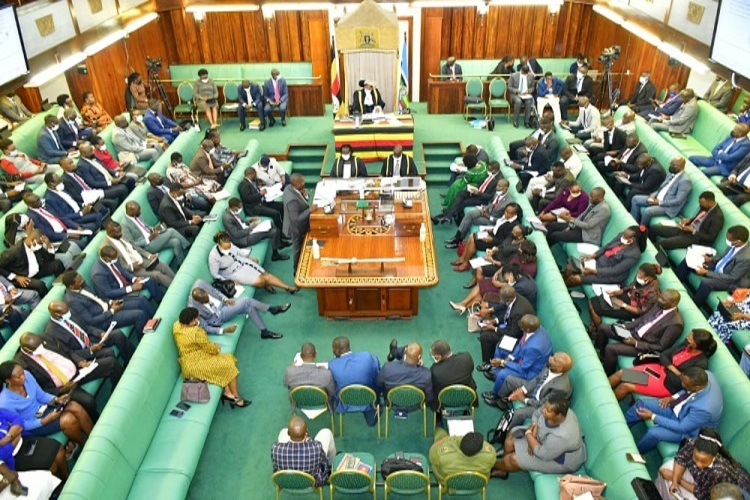
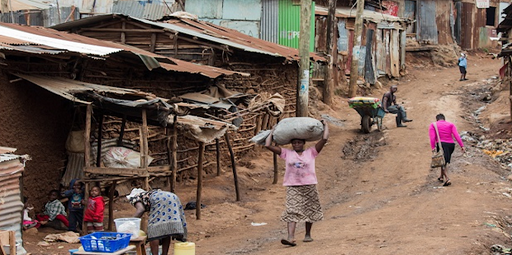

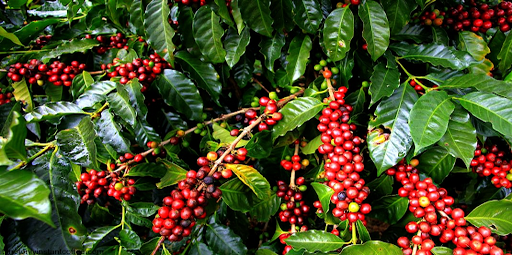
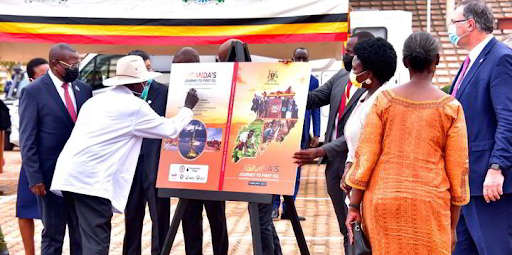
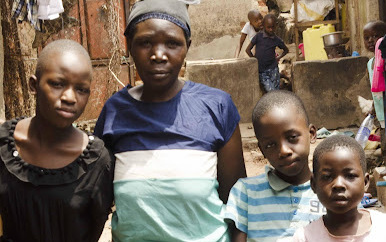

0 Comments